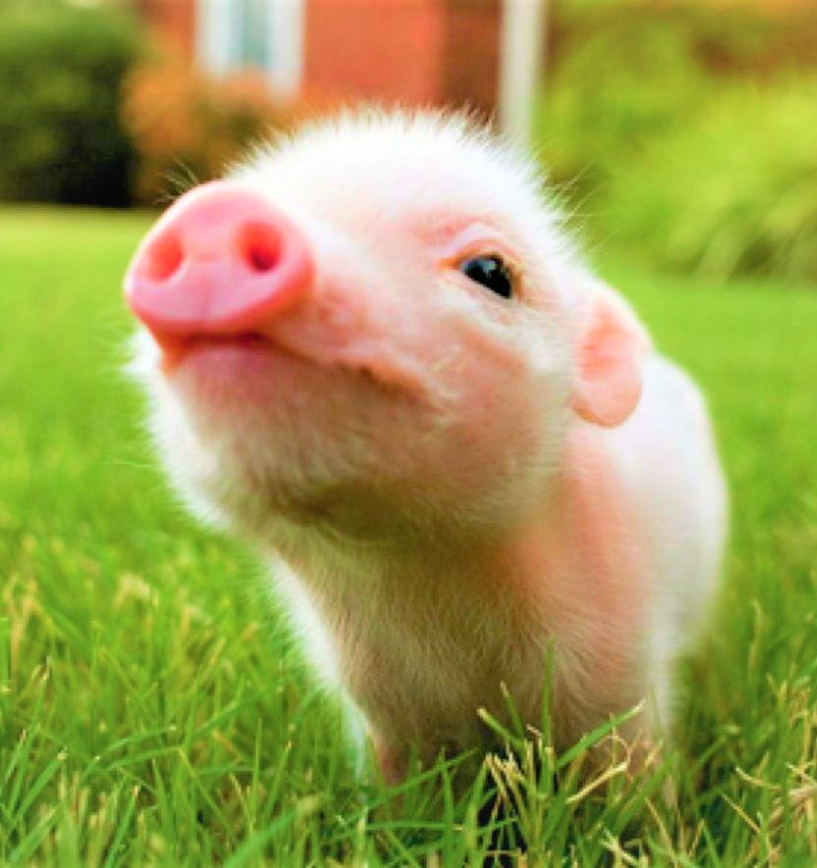
Valentine’s Day: The Day of International Love
Valentine’s Day in the United States has come to be known as the ultimate commercial holiday: candy hearts, dozens of roses, cute cards, champagne, and, of course, chocolate! Ours isn’t just a romantic holiday, but one that’s widely celebrated between families and at schools. If you’ve ever wondered whether other countries also feel love in the air on February 14th, read on to take things international!
Denmark
While the Danish do observe Valentine’s Day, they take things a bit less seriously. Instead of sending over chocolates and stuffed animals to their special somebodies, admirers in Denmark send gaekkebrev, which loosely translates to “snowdrop letter.” These teaser poems are written on paper and then artfully decorated with hand-cut designs and motifs. Pressed white flowers known as “snowdrops” are typically sent alongside gaekkebrev.
Possibly the best part of this tradition? Gaekkebrev never include a signature–instead, the sender puts down one dot for each letter in their name. If the recipient can correctly guess their admirer’s identity, they will receive an Easter egg on Easter Sunday. If not, the sender gets the egg!
Local Sweetheart Nickname: skat, which means “treasure” (but also “taxes”!)
Argentina
Argentina kicks up the celebration of love a notch (or six). Instead of celebrating Valentine’s Day on one day, Argentinians celebrate for the entire first week of July, which is referred to as Sweetness Week. During this time, lovers and admirers alike exchange sweets of all kinds: Bon o Bons (chocolate bonbons filled with peanut butter paste), triple alfajores (triple mini cakes), chocolate tablets, lollipops, gummies, and more!
Local Sweetheart Nickname: bicho, which means “bug”
South Korea
Valentine’s Day is undoubtedly a huge event in South Korea–so much so that the holiday is celebrated with multiple traditions from February through April. It’s customary for women to take the lead by gifting men candies and flowers on February 14th, and then a holiday called White Day falls one month later on March 14th when men return the favor, but with an extra gift.
And as for singles? Don’t worry, they get a holiday too: Black Day. On April 14th, singles mourn (or celebrate?) their status by eating large bowls of jajangmyeon, exquisite black bean-paste noodles.
Local Sweetheart Nickname: Jagi/Jagiya, which means “honey” or “darling”
Wales
Nothing screams adoration like a gifted, personalized spoon. At least, that’s the attitude in Wales.
The Welsh skip February 14th and instead opt to celebrate St. Dwynwen’s Day (the patron saint of lovers) on January 25th. Men gift women hand-carved wooden spoons, a tradition that stems from the belief that Welsh sailors used to similarly carve designs into wooden spoons while at sea to bring back to their long-distance lovers.
Local Sweetheart Nickname: cariad, which translates, simply and sweetly, to “my love”
Germany

Germany has fully leaned into the exchange of treats, cards, and stuffed animals on Valentine’s Day, but there’s an added twist: pigs. You read that right, pigs!
Little pigs are delivered to German lovers everywhere on cards, ornaments, pictures, or chocolates. They are often depicted sweetly offering flowers or, on the flip side, acting provocatively. Depending on which version of the pig you receive, your admirer may be sending you a not-so-covert message of love or lust.
Heart-shaped ginger cookies are another common gift on February 14th in Germany. They are decorated with a few frosted words to spell out the sender’s intentions.
Local Sweetheart Nickname: mein spatzle, meaning “my little sparrow” (but also a type of sticky pasta!)
Ghana

What’s Valentine’s Day without chocolate? As far as Ghana is concerned, there isn’t one.
Ghana is one of the largest cocoa-exporting countries in the world, so in 2005, February 14th was established as National Chocolate Day in an effort to enhance tourism and domestic consumption of chocolate. During this week, you can find decked-out, chocolate-themed exhibits, forums, and restaurant specialties all throughout the country!
Local Sweetheart Nickname: akoma mu tɔfe, which translates literally to “candy of the heart”
Japan
Like in South Korea, women take the first initiative on Valentine’s Day in Japan. They send men troves of gifts on February 14th, including popular homemade chocolate treats called honmei-choco, which means “true feeling chocolate.” Also as in South Korea, men return these affectionate gifts on White Day on March 14th.
Local Sweetheart Nickname: Japanese is a formal language, so it’s unusual to hear nicknames out in public. However, one sweet address you may hear between couples is daarin, which means “darling.”
South Africa
While South Africa celebrates Valentine’s Day with festivals, flowers, and other tokens of love, there’s an added tradition you may recognize from a popular saying. It’s customary for women to wear their hearts on their sleeves on February 14th by literally pinning the names of love interests on their shirtsleeves. This is actually inspired by an ancient Roman tradition known as Lupercalia, and it’s a great way to let someone know you have a crush without announcing it outrightly!
Local Sweetheart Nickname: In Afrikaans, hartlam means “darling” or “dearest.” It’s a combination of the words “heart” and “lamb,” and it describes a person lying close to the heart of another, like a little lamb.
Philippines

No country goes all out for Valentine’s Day quite like the Philippines. In recent years, it’s become popular for couples to get married on February 14th in mass, state-endorsed wedding ceremonies. People from all over pour into malls, high schools, and other public places on Valentine’s Day to cut down on ceremony costs.
In some cases, the region’s local government will pay for the cost of the wedding reception, including flowers, cakes, dancing, and more–all officials ask for in return is that they be named as the couple’s new godparents!
Local Sweetheart Nickname: Irog, which means “my one true love”
France
Don’t think we forgot about the country of love.
In the distant past, France celebrated February 14th with une loterie d’amour, a matchmaking lottery during which men and women shouted at each other from houses across the street. They would eventually pair off, but men had the option to leave their dates if they didn’t find them attractive. The single women would then band together and burn pictures of their scorned lovers around a massive bonfire. As you can imagine, the tradition eventually took on a life of its own, and the French government had to ban the event going forward.
These days, the French stick to sending good old-fashioned Valentine’s cards and greetings. Fun fact: the first recorded Valentine’s card was allegedly sent by the French Duke of Orleans, who is said to have sent love letters to his wife while he was imprisoned in the Tower of London.
Local Sweetheart Nickname: mon chou, meaning “my cabbage” (it’s also short for a French cream puff called “chou chantilly”)
No Comments for "Valentine Traditions and Sweetheart Nicknames Around the World"